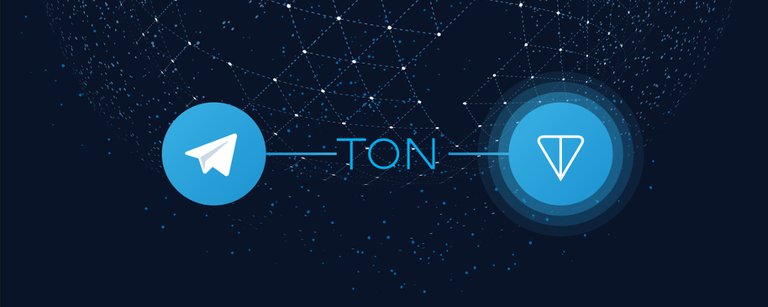Investors involved in the proposed Telegram campaign are not permitted to sell or otherwise transfer tokens before the official launch of the network. In accordance with the purchase agreement, violation of this condition may lead to cancellation of allocation. Thus, buyers in the secondary market risk not seeing the purchased tokens at all.
"Investors usually share the allocation with friends without signing any documents," one of the industry representatives explained.
Despite the existing restrictions, the secondary market for Gram tokens was formed even before the end of their initial sale in early 2018. The first sale in the secondary market for large investors was announced last February.
Sellers are now also offering Gram tokens on the secondary market, trying to get rid of them for their own benefit, after they purchased them for $0.37 or $1.33 from the issuer during the first or second round, respectively. Most often the price for 1 Gram is set between $1.60 and $2.
In June, the Japanese Liquid Exchange announced the sale of Gram in cooperation with Gram Asia. The campaign started on July 10 and ended within a couple of weeks. Its participants were offered to buy TON tokens for $4 per unit. Buyers are expected to receive their Gram in several tranches in 3, 6, 12 and 18 months from the launch of the network. According to one of the sources, this allows us to conclude that the company took part in the first round of sales, as for it is provided the same period of vetting.
What will be the actions of the organizers in case of cancellation of Gram Asia allocation, none of them could explain. Seth Melamed, head of business development at Liquid Quoine's parent company, said that a guarantor was involved in the deal, and Gram Asia will not receive payment until it provides tokens.
Several small exchanges followed a similar path: the Korean platform Upxide announced the sale of Gram in cooperation with Liquid on July 14th, and Bitforex offered debt receipts for tokens.
At the same time, there is a proliferation of fraudulent schemes in the secondary market, the organizers of which do not have access to Gram tokens. Buyers will probably only need to know about this after the launch of the main TON network.
As an explanation of the sellers' motivation, the uncertainty that arose because of the expected delays in the launch of TON is mentioned. According to the presentation distributed among investors, it was planned to launch a stable version of TON and Gram storage wallet in the fourth quarter of 2018.
Thus, a number of funds may seek to withdraw from Gram with minimal benefit. One of the investors, however, declares that such large institutional players as Sequoia and Lightspeed, do not want to sell, but, on the contrary, to increase their long-term positions.
Another investor said that the Telegram team may be too busy preparing for the launch of the project to respond to developments in the secondary market. The team does not have time to worry about this now," he explained. - They have to finish working on the protocol. The launch time has been severely frustrated. Everyone was waiting for the launch last December. In February, Telegram wrote to investors that 90% of the work had been completed. It seems that the last 10% turned out to be the most difficult.
What do you think steemians will Gram beat Libra and become top competitor for bitcoin?
Congratulations @aleksejzaxarov! You have completed the following achievement on the Steem blockchain and have been rewarded with new badge(s) :
You can view your badges on your Steem Board and compare to others on the Steem Ranking
If you no longer want to receive notifications, reply to this comment with the word
STOPTo support your work, I also upvoted your post!
Vote for @Steemitboard as a witness to get one more award and increased upvotes!